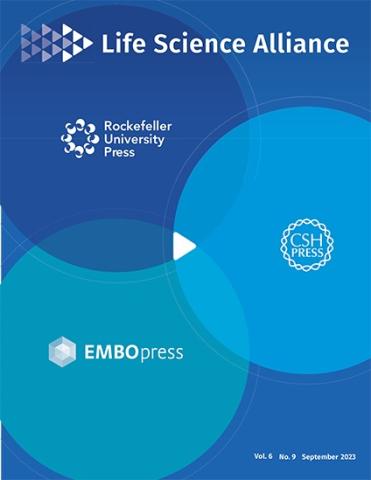Life Sci Alliance. 2023 Jun 20;6(9):e202201550. doi: 10.26508/lsa.202201550
A network embedding approach to identify active modules in biological interaction networks
Claude Pasquier1, Vincent Guerlais2, Denis Pallez2, Raphaël Rapetti-Mauss3, Olivier Soriani3
Affiliations
1Laboratoire d’Informatique, Signaux et Systèmes de Sophia-Antipolis, I3S – UMR7271 – UNS CNRS, Les Algorithmes – bât. Euclide B, Sophia Antipolis, France
2Laboratoire d’Informatique, Signaux et Systèmes de Sophia-Antipolis, I3S – UMR7271 – UNS CNRS, Les Algorithmes – bât. Euclide B, Sophia Antipolis, France.
3iBV – Institut de Biologie Valrose, Université Nice Sophia Antipolis, Faculté des Sciences, Parc Valrose, Nice cedex 2, France.
Abstract
The identification of condition-specific gene sets from transcriptomic experiments is important to reveal regulatory and signaling mechanisms associated with a given cellular response. Statistical methods of differential expression analysis, designed to assess individual gene variations, have trouble highlighting modules of small varying genes whose interaction is essential to characterize phenotypic changes. To identify these highly informative gene modules, several methods have been proposed in recent years, but they have many limitations that make them of little use to biologists. Here, we propose an efficient method for identifying these active modules that operates on a data embedding combining gene expressions and interaction data. Applications carried out on real datasets show that our method can identify new groups of genes of high interest corresponding to functions not revealed by traditional approaches. Software is available at https://github.com/claudepasquier/amine.

